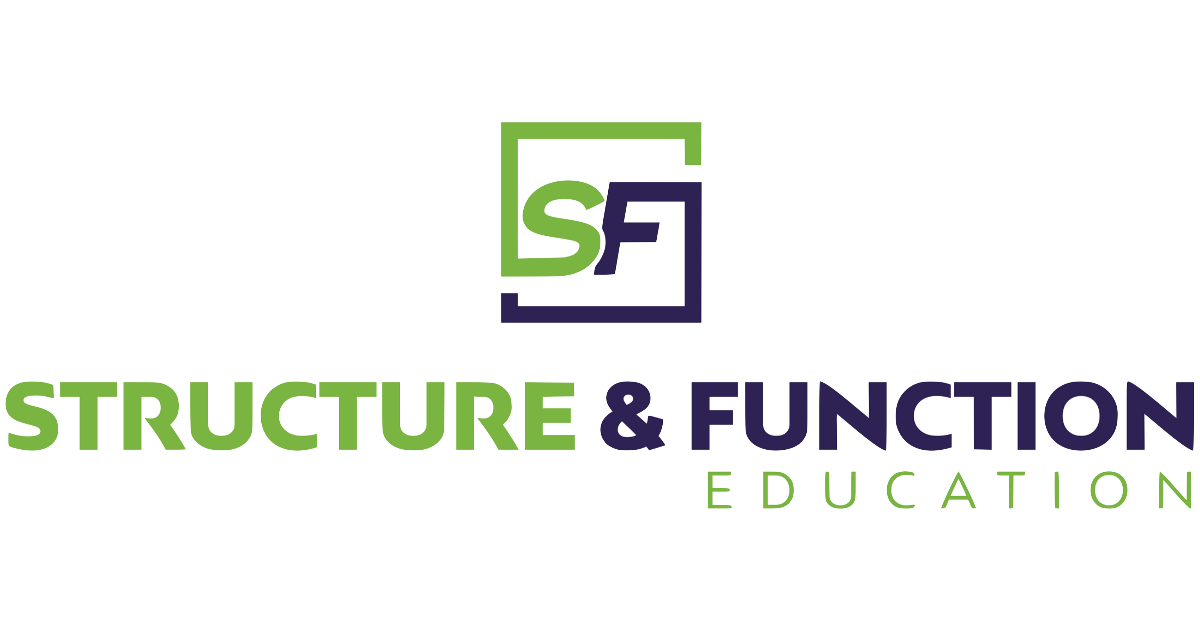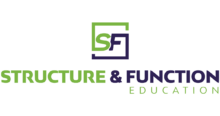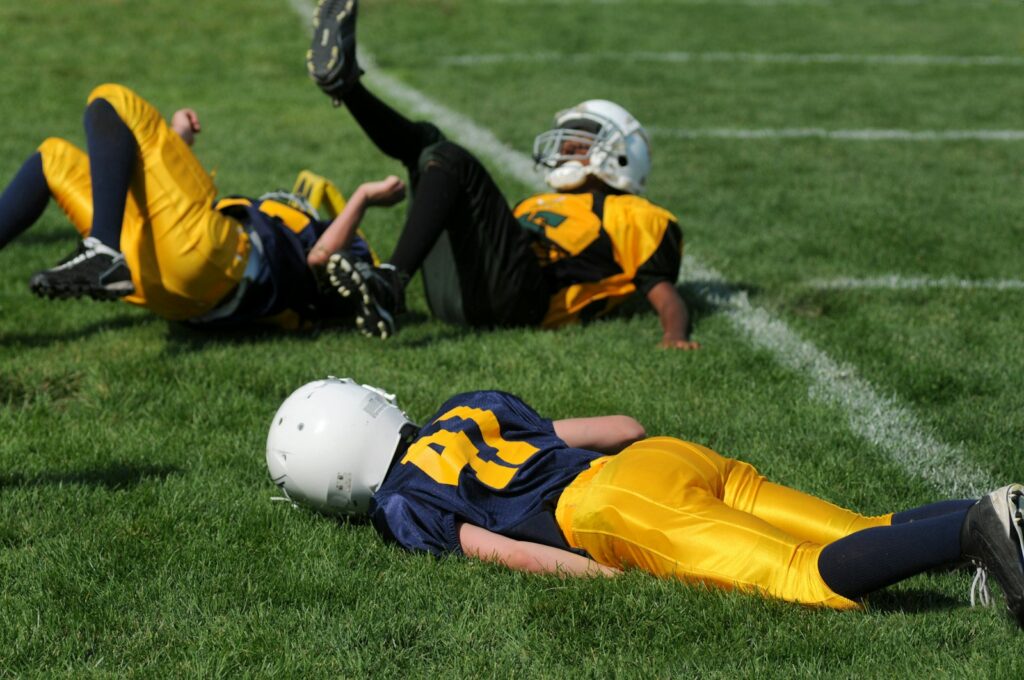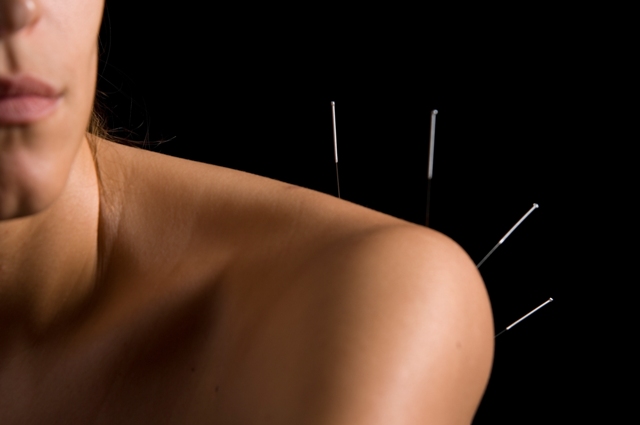Advancements in Concussion Management
Insights from the 6th International Conference on Concussion in Sport and the recent NATA’s Bridge Statement on Management of Sport-Related Concussion
As we approach the beginning of football season, we must review our EAPs and the recommendations for the care of our high-contact athletes. As athletic trainers and sports medicine professionals, staying current with the latest guidelines and best practices is crucial for providing the highest standard of care. The 6th International Conference on Concussion in Sport, held in Amsterdam in October 20221, has brought forth significant advancements in concussion management. This was quickly followed up by updates by the NATA through their bridge statement on the management of sports-related concussion2. This blog will highlight key changes and offer practical tips for preventing and managing concussions in football.
6 Key Changes in Concussion Care
Updated Definition of Concussion:
The new consensus statement emphasizes a more comprehensive definition of concussion, acknowledging its broad spectrum of neurological, cognitive, and physical effects. Concussions are now understood as evolving injuries that can present with a variety of symptoms and signs, which may change over time. The new definition reflects the complexity of concussion symptoms and diagnosis:
“Sport-related concussion is a traumatic brain injury caused by a direct blow to the head, neck or body resulting in an impulsive force being transmitted to the brain that occurs in sports and exercise-related activities. This initiates a neurotransmitter and metabolic cascade, with possible axonal injury, blood flow change and inflammation affecting the brain. Symptoms and signs may present immediately, or evolve over minutes or hours, and commonly resolve within days, but may be prolonged.
No abnormality is seen on standard structural neuroimaging studies (computed tomography or magnetic resonance imaging T1- and T2-weighted images), but in the research setting, abnormalities may be present on functional, blood flow or metabolic imaging studies. Sport-related concussion results in a range of clinical symptoms and signs that may or may not involve loss of consciousness. The clinical symptoms and signs of concussion cannot be explained solely by (but may occur concomitantly with) drug, alcohol, or medication use, other injuries (such as cervical injuries, peripheral vestibular dysfunction) or other comorbidities (such as psychological factors or coexisting medical conditions). “
Individualized Approach to Management:
One of the significant changes is the shift towards a more individualized approach to concussion management. The conference highlighted the importance of tailoring the care plan based on the athlete’s unique characteristics, such as age, sex, medical history, and the specifics of the concussion incident.
Revised Return-to-Play (RTP) Protocols:
The new RTP guidelines advocate for a more flexible and graduated approach, stressing the need for medical professionals to consider the athlete’s recovery trajectory rather than adhering strictly to a one-size-fits-all timeline. The RTP process now involves a series of stages that the athlete must successfully navigate, with medical clearance at each stage.
Incorporation of Physical Activity and Cognitive Stimulation:
A notable addition to the guidelines is the recommendation to incorporate light physical activity and cognitive stimulation early in the recovery process. Emerging evidence suggests that controlled physical and mental activity can promote healing and reduce the duration of symptoms. This approach contrasts with the previous standard of prolonged rest and complete cognitive shutdown. Following concussion, it was initially believed that removing all physical activity and mental stimulation would give the brain time to rest and heal. Emerging science is showing us removing a patient from the social aspects of life, and particularly school, actually increases symptoms. More recent data shows that progressively increasing cognitive and physical activity following 1-2 days of rest accelerates the recovery process and gets patients back to what they love faster.
Emphasis on Multidisciplinary Care:
The consensus statement underscores the importance of a multidisciplinary approach in managing concussions. Collaboration among healthcare providers, including physicians, physical therapists, neuropsychologists, and athletic trainers, is essential for comprehensive care.
Improved Diagnostic Tools:
Advances in diagnostic tools and technology were highlighted, including using biomarkers and advanced imaging techniques. These tools can aid in more accurately assessing concussion severity and recovery status, facilitating better-informed clinical decisions.
Best Practices for Concussion Prevention and Care
The two articles mention above can serve to aid clinicians in developing best practices in concussion care and management. Some of the best practices are as follows:
Education and Awareness:
It is imperative that clinicians continually educate athletes, coaches, and staff about the signs and symptoms of concussion. We need to promote a culture where athletes feel comfortable reporting symptoms without fear of stigma or losing their position on the team. We are providing a concussion symptom sheet to help you and your patients identify symptoms of concussion.
Policy Development:
Work with athletic organizations to develop and enforce policies that prioritize athlete safety. This includes establishing clear protocols for concussion management and ensuring they are consistently applied.
Baseline Testing:
Implement comprehensive baseline testing for all athletes at the start of the season. This provides a reference point for post-injury comparisons, aiding in more accurate diagnoses and tailored recovery plans.
Immediate Assessment and Removal:
Emphasize the importance of immediate assessment and removal from play if a concussion is suspected. Utilize standardized assessment tools, such as the Sport Concussion Assessment Tool (SCAT), to make informed decisions on the field.
Early Introduction of Physical Activity and Cognitive Stimulation:
Encourage light physical activity and cognitive tasks soon after the initial acute phase, typically within 24-48 hours post-injury. Activities should be non-strenuous and carefully monitored to ensure they do not exacerbate symptoms. This can include light aerobic exercises like walking and engaging in cognitive activities such as reading or puzzles.
Use of Protective Equipment
Advocate for the use of protective equipment that meets the latest safety standards. While equipment cannot entirely prevent concussions, properly fitting helmets and mouthguards can reduce the risk of severe head injuries.
Continuous Monitoring and Support:
Provide continuous monitoring and support for athletes recovering from a concussion. Regular follow-ups can help identify lingering symptoms and adjust the recovery plan. Some athletes experience mental health distress during recovery, and medical team members who are trained in dealing with depression and mental health are necessary parts of any medical team handling concussions.
Structured Rehabilitation Programs:
Develop structured rehabilitation programs that include physical, cognitive, and vestibular therapy components. Gradually reintroduce physical activity while closely monitoring symptoms, ensuring a safe progression through each stage of recovery. Dry Needling is a powerful potential treatment for those trained in dry needling that can be incorporated within these structured rehabilitation plans. Dry needling can be used to treat post-concussive headaches and secondary injuries like TMJ dysfunction and occipital neuralgia that occur from the injury’s mechanisms.
Treating Concussion Symptoms with Dry Needling.
Dry needling can be used to treat concussions and secondary symptoms of concussion.3-6 Dry needling affects the body through local, segmental, and systemic effects. It can be used locally to treat the muscles involved in tension-type headaches, such as the cervical spine, suboccipital muscles, or even the head (temporalis, frontalis, masseter). 7-9
Concussion sufferers often deal with pain post-concussion, and the segmental and systematic approaches to dry needling can help those dealing with post-concussion pain and autonomic nervous system dysfunction.10-16 For acute and chronic concussion neck pain and headaches, dry needling may be helpful. For more on headache treatment see Justin’s blog from last month. We are providing you with a concussion symptom handout for you and your patients. We hope that this may help you educate your patients.
Structure & Function Education® has several curricular offerings to help you better treat concussion. If you’re interested in learning how Structure & Function Education’s® Pentamodal Method of dry needling can help you treat your patients with headaches, enroll today in Foundations in Dry Needling for Orthopedic Rehab & Sports Performance and our advanced course the Comprehensive Approach to Craniofacial and Upper Quarter Dysfunction course.
Conclusions
The 6th International Conference on Concussion in Sport has provided valuable insights that will shape the future of concussion care. By staying informed and adopting these best practices, athletic trainers and sports medicine professionals can significantly enhance the safety and well-being of football players. Remember, our role is to treat concussions, prevent them, and support athletes through their recovery journey.
References
- Patricios JS, Schneider KJ, Dvorak J, Ahmed OH, Blauwet C, Cantu RC, Davis GA, Echemendia RJ, Makdissi M, McNamee M, Broglio S, Emery CA, Feddermann-Demont N, Fuller GW, Giza CC, Guskiewicz KM, Hainline B, Iverson GL, Kutcher JS, Leddy JJ, Maddocks D, Manley G, McCrea M, Purcell LK, Putukian M, Sato H, Tuominen MP, Turner M, Yeates KO, Herring SA, Meeuwisse W. Consensus statement on concussion in sport: the 6th International Conference on Concussion in Sport-Amsterdam, October 2022. Br J Sports Med. 2023 Jun;57(11):695-711. doi: 10.1136/bjsports-2023-106898. PMID: 37316210.
- Broglio SP, Register-Mihalik JK, Guskiewicz KM, Leddy JJ, Merriman A, Valovich McLeod TC. National Athletic Trainers’ Association Bridge Statement: Management of Sport-Related Concussion. J Athl Train. 2024 Mar 1;59(3):225-242. doi: 10.4085/1062-6050-0046
- Wen X, Yang Y, Li Y, Liu T, Liu Y, Wang X, Lu F, Yu C, Xu N. Effects of acupuncture treatment on posttraumatic headache after traumatic brain injury in patients: A protocol for systematic review. Medicine (Baltimore). 2022 May 6;101(18):e29158. doi: 10.1097/MD.0000000000029158. PMID: 35550465; PMCID: PMC9276099.
- Gergen DM. Management of Mild Traumatic Brain Injury Symptoms in a 31-Year-Old Woman Using Cervical Manipulation and Acupuncture: A Case Report. J Chiropr Med. 2015 Sep;14(3):220-4. doi: 10.1016/j.jcm.2015.08.006. Epub 2015 Nov 6. PMID: 26778936; PMCID: P
- Wang Z, Xu L, Xu Y, Huang Y, Sharma A, Sharma HS. Efficacy and safety of acupuncture in the treatment of post-traumatic headache secondary to mild traumatic brain injury: A systematic evaluation and meta-analysis protocol of randomized controlled trials. Int Rev Neurobiol. 2023;171:317-327. doi: 10.1016/bs.irn.2023.03.001. Epub 2023 Sep 15. PMID: 37783561.
- Li N, Wang R, Ai X, Guo X, Liu J, Sun L, Zhang R. Effect of acupuncture treatment on cognitive impairment after traumatic brain injury in adults: A protocol for systematic review. Medicine (Baltimore). 2021 Dec 23;100(51):e28451. doi: 10.1097/MD.0000000000028451. PMID: 34941200; PMCID: PMC8702273.
- Sedighi, Asefeh, Noureddin Nakhostin Ansari, and Soofia Naghdi. “Comparison of Acute Effects of Superficial and Deep Dry Needling into Trigger Points of Suboccipital and Upper Trapezius Muscles in Patients with Cervicogenic Headache.” Journal of Bodywork . https://doi.org/10.1016/j.jbmt.2017.01.002.
- Gagnon, Peter, James Dunning, Paul Bliton, Casey Charlebois, Nathan Henry, Patrick Gorby, and Firas Mourad. “Dry Needling in the Management of Chronic Tension‐type Headache Associated with Levator Scapulae Syndrome: A Case Report.” Clinical Case Reports 1. https://doi.org/10.1002/ccr3.8858.
- Pourahmadi, Mohammadreza, Jan Dommerholt, César Fernández-de-Las-Peñas, Bart Willem Koes, Mohammad Ali Mohseni-Bandpei, Mohammad Ali Mansournia, Somayeh Delavari, Abbasali Keshtkar, and Mehrdad Bahramian. “Dry Needling for the Treatment of Tension-Type, Cervicogenic, or Migraine Headaches: A Systematic Review and Meta-Analysis.” Physical Therapy 101, no. 5 (May 4, 2021): pzab068. https://doi.org/10.1093/ptj/pzab068.
- Gunn, C. Chan. “Radiculopathic Pain: Diagnosis and Treatment of Segmental Irritation or Sensitization.” Journal of Musculoskeletal Pain 5, no. 4 (January 1, 1997): 119–34. https://doi.org/10.1300/J094v05n04_11.
- Baeumler, Petra I., Johannes Fleckenstein, Franziska Benedikt, Julia Bader, and Dominik Irnich. “Acupuncture-Induced Changes of Pressure Pain Threshold Are Mediated by Segmental Inhibition—a Randomized Controlled Trial:” PAIN 156, no. 11 (November 2015): https://doi.org/10.1097/j.pain.0000000000000283.
- Cho, Z. H., S. C. Hwang, E. K. Wong, Y. D. Son, C. K. Kang, T. S. Park, S. J. Bai, et al. “Neural Substrates, Experimental Evidences and Functional Hypothesis of Acupuncture Mechanisms.” Acta Neurologica Scandinavica 113, no. 6 (June 2006): 370–77. https://doi.org/10.1111/j.1600-0404.2006.00600.x.
- Andersson, S., and T. Lundeberg. “Acupuncture — from Empiricism to Science: Functional Background to Acupuncture Effects in Pain and Disease Pain and Disease.” Medical Hypotheses 45, no. 3 (September 1, 1995): 271–81. https://doi.org/10.1016/0306-9877(95)90117-5.
- Silva, Marco Antonio Helio da, and Peter T. Dorsher. “Neuroanatomic and Clinical Correspondences: Acupuncture and Vagus Nerve Stimulation.” The Journal of Alternative and Complementary Medicine 20, no. 4 (April 2014): 233–40. https://doi.org/10.1089/acm.2012.1022.
- Lázaro-Navas, Irene, Cristina Lorenzo-Sánchez-Aguilera, Daniel Pecos-Martín, Jose Jesús Jiménez-Rejano, Marcos Jose Navarro-Santana, Josué Fernández-Carnero, and Tomás Gallego-Izquierdo. “Immediate Effects of Dry Needling on the Autonomic Nervous System and Mechanical Hyperalgesia: A Randomized Controlled Trial.” International Journal of Environmental Research and Public Health 18, no. 11 (June 3, 2021): 6018. https://doi.org/10.3390/ijerph18116018.
- Li, Qian-Qian, Guang-Xia Shi, Qian Xu, Jing Wang, Cun-Zhi Liu, and Lin-Peng Wang. “Acupuncture Effect and Central Autonomic Regulation.” Evidence-Based Complementary and Alternative Medicine 2013 (2013): 1–6.https://doi.org/10.1155/2013/267959.





